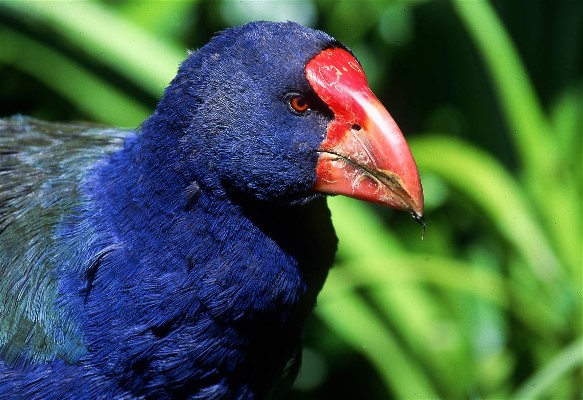Four takahē shot in pūkeko cull
Four critically endangered takahe birds were mistaken to be pukeko birds and killed during a recent bird cull in New Zealand.
DoC’s northern conservation services director Andrew Baucke said the pukeko cull was undertaken by “experienced members” of the local deerstalkers association.
The National President of the New Zealand Deerstalkers’ Association (NZDA), who were carrying out the cull, said he was appalled by the killings.
Hunters had been carefully briefed on how to differentiate between the flightless takahe and pukeko, including instructions to only shoot birds on the wing.
The rare takahe birds were killed by shotgun pellets when they were mistaken for the puekoko bird, a common, aggressive bird that had been slated for culling by New Zealand’s Department of Conservation (DOC).
The takahe on Motutapu had been translocated from the Fiordland National Park, where the only wild population of the birds is based.
If pukeko numbers aren’t managed, they could overrun Motutapu -one of the sancturies established by the department’s Takahe recovery program, which hopes to have 125 breeding pairs at secure sites by 2020.
Takahe is an endangered, indigenous bird of New Zealand. The department has put an official halt on the association’s cull, which it says is cooperating with investigations of the association’s programs.
The takahe were thought to be extinct until their rediscovery in southwestern New Zealand in 1948.
“I apologise to the department and to the country at large”.
He also expressed NZDA’s commitment towards working with DOC for protecting endangered species and save assets of the country.
Pukekos, which can fly, number well over 1,000 on Motutapu Island, located 10 miles east of Auckland.
A spokesperson for the Department of Conservation told the New Zealand Herald the error had arisen when the hunters got confused between the two species, resulting in the Takahe deaths.
The deaths were deeply disappointing for DOC and the many groups, like the deerstalkers themselves, that actively worked to support conservation initiatives, Baucke said.








